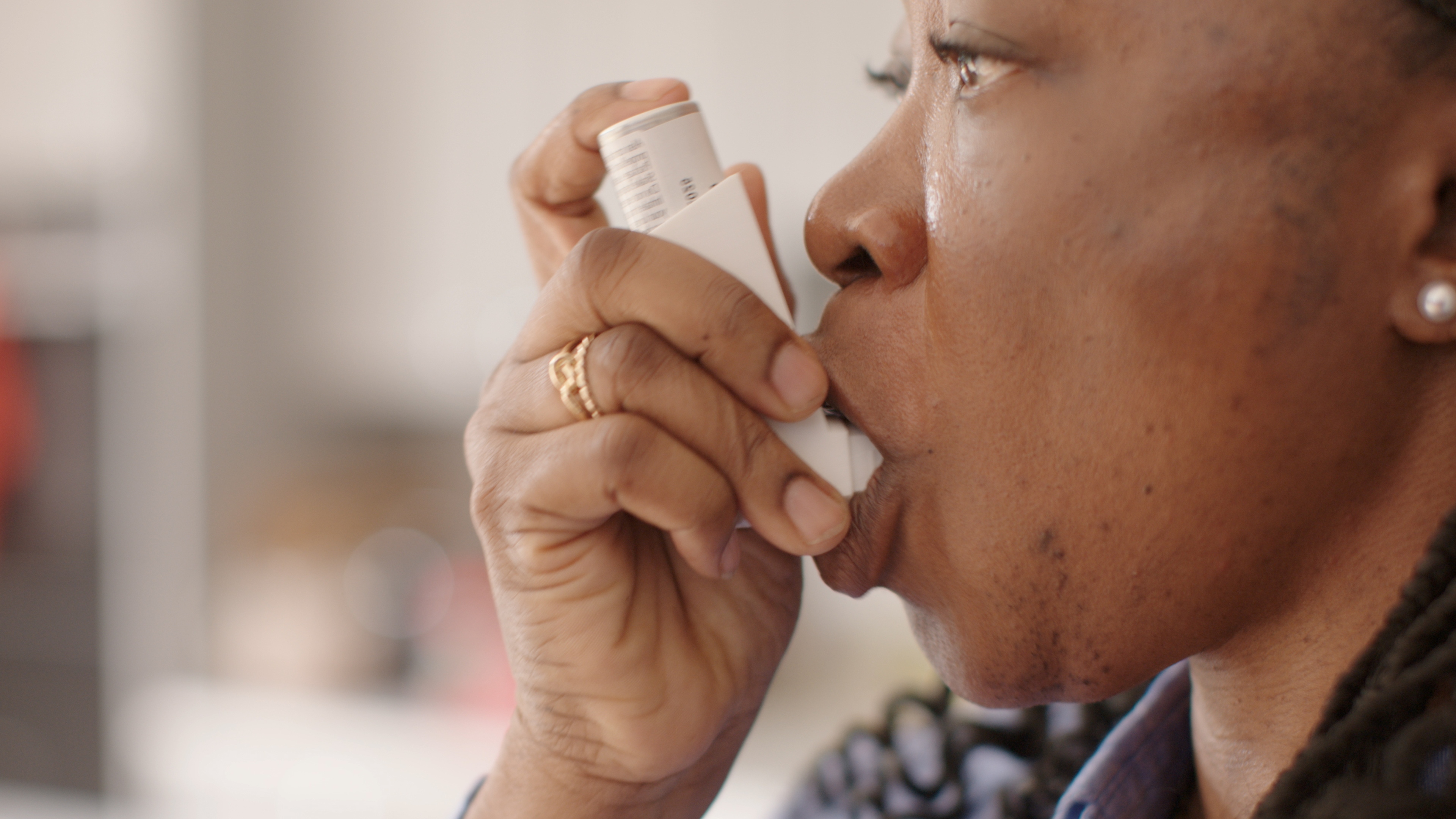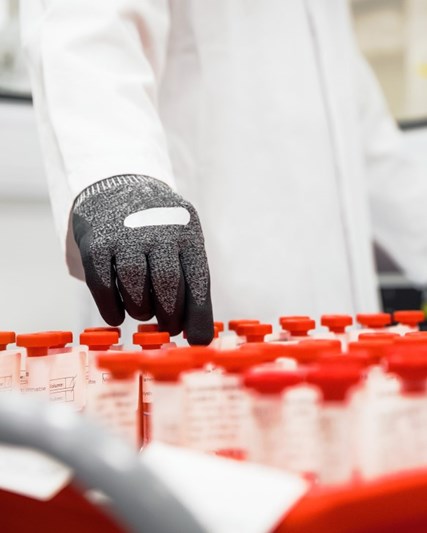Advancing respiratory and immunology medicine
We push the frontiers of respiratory and immunology medicine by harnessing the power of the immune system and applying the latest science and technology. Our advances target and modify the underlying issue to prevent disease progression.
Through our diverse portfolio and extensive research efforts, we are dedicated to improving the well-being of the many millions of people around the world affected by respiratory and immune conditions like severe asthma, chronic obstructive pulmonary disease (COPD), lupus and other inflammatory diseases, as well as conditions like eosinophilic granulomatosis (EGPA), hypereosinophilic syndrome (HES) and other connective tissue disorders.
IL-5 mediated conditions and type 2 inflammation
For more than 25 years we have been combining our deep understanding of respiratory disease with our work in immunology. IL-5 mediated conditions encompass a range of diseases for which there have been few, if any, effective treatments. Our leading research into conditions of type 2 inflammation mediated through the messenger molecule (cytokine) IL-5 has, and continues to, advance thinking about the most effective treatments for respiratory conditions like severe asthma, COPD and chronic rhinosinusitis with nasal polyps.
Our research aims to redefine treatment goals across these conditions going beyond optimal management of daily symptoms to modify the course of disease. This could slow or prevent disease progression, reduce the risk of organ damage and in some conditions help more people achieve the ambitious treatment goal of clinical remission.
Asthma and COPD
With an industry-leading portfolio of inhaled medicines and targeted biologics and vaccines we are focused on improving outcomes and the lives of millions of people living with respiratory diseases like asthma and COPD. We are working to keep people safe from infections and prevent diseases from getting worse. We also focus on providing relief for symptoms to help improve people's well-being and live a full life.
We continue to build on decades of pioneering work to deliver more ambitious treatment goals for people with respiratory diseases, working with patients and medical experts to develop the next generation standard of care and redefine the future of respiratory medicine.
Lupus
For more than 10 years, we have been advancing the scientific understanding and management of systemic lupus erythematosus (SLE) a chronic autoimmune disease, as well as lupus nephritis, the kidney inflammation caused by lupus. Through the wealth of evidence we have generated, we are helping to prevent avoidable organ damage, modify the course of disease and improve long-term outcomes for those affected by lupus.
Our work extends beyond lupus. We are exploring how targeted inhibition of a protein called B lymphocyte stimulator (BLyS) could improve outcomes and address the unmet needs of people with a range of B-cell (a type of white blood cell) mediated immune conditions like systemic sclerosis-associated interstitial lung disease (SSc-ILD) and other connective tissue diseases.
Refractory chronic cough
Approximately 28 million people suffer from chronic cough, with about 10 million worldwide suffering from refractory chronic cough (RCC). RCC is a cough that persists for more than eight weeks and doesn’t respond to treatment for an underlying condition or is otherwise unexplained. For decades there have been no effective treatments for RCC.
We are currently exploring treatments that may be able to target certain receptors in the body to reduce cough frequency in people living with RCC, while demonstrating increased quality of life.
Low-carbon inhalers
Metered dose inhalers (MDI) are a cornerstone of asthma treatment for millions of patients, but the propellent used in traditional MDIs also contribute significantly to greenhouse gas emissions. Recognising the environmental impact, we are researching the use of a lower global warming potential propellant to create a low-carbon inhaler. If successful, this will advance our commitment to reduce our inhaler carbon footprint by approximately 90%.






